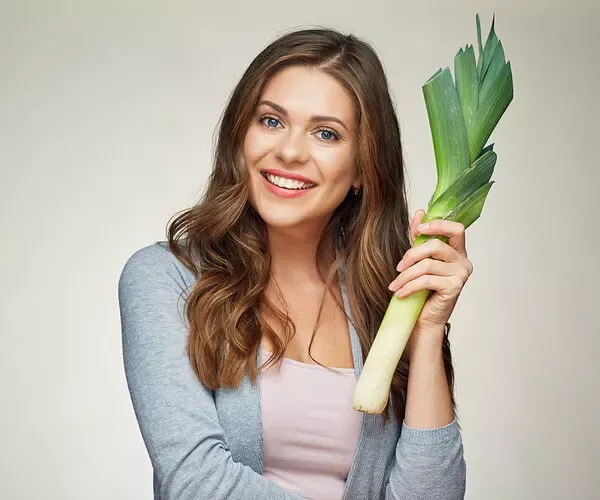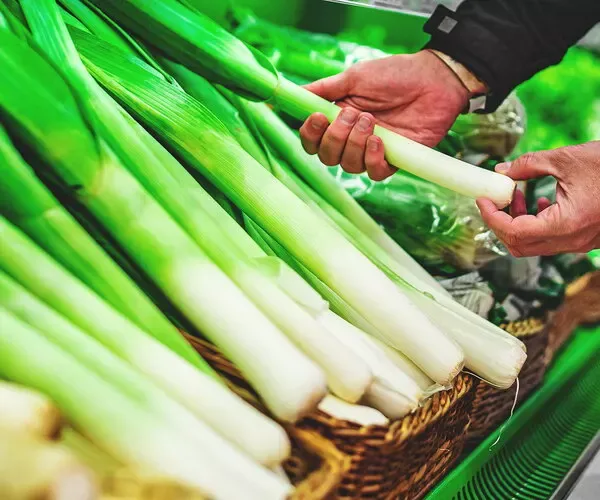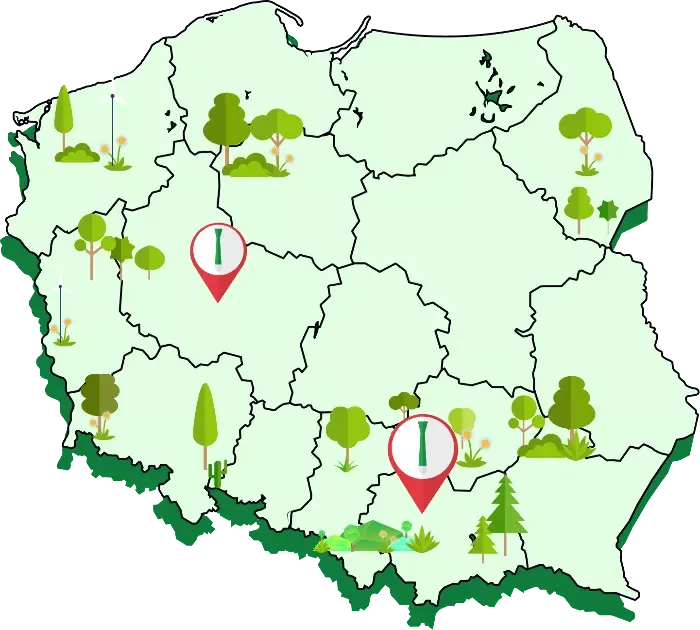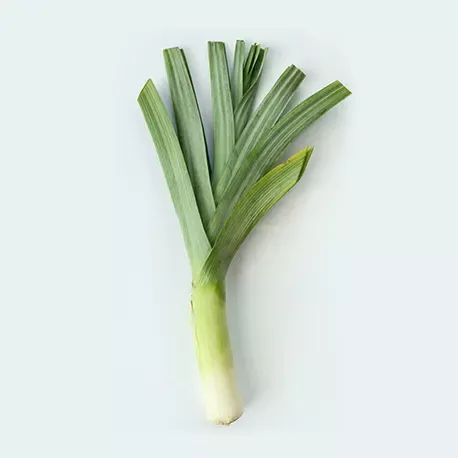Leek
This vegetable is closely related to garlic. It was brought to Europe from Asia and probably came to Poland as a result of Queen Bona's love of vegetables. Like garlic, leek has many health-promoting properties. In traditional medicine it was used to treat a number of conditions including coughs, rheumatic pains and to aid wound healing. Today, the leek is valued primarily for its culinary qualities.

Most of all, leek is one of the main soup vegetables. It can be added to stews, meat dishes, sauces or roasted. Leek can successfully replace onion in some dishes - when lightly browned, it gives the dish a distinctive flavour and aroma.
Leeks are a good source of B group vitamins, vitamin C, provitamin A. The minerals present in leeks include iron, potassium, calcium, phosphorus, magnesium and sulphur.

SPECIES
Species
Leeks come in several varieties differing in growth rate or harvest time. The consumer is not able to identify individual varieties without consulting the seller. Therefore, as you choose your leeks, be guided by their appearance, size, leaf colour and stem firmness. Choose specimens without damage, characterised by an intense aroma, a white stem and dark leaf colouring.
NUTRITIONAL VALUE
Nutritional value per 100g of leeks:
ENERGY VALUE
PROTEIN
FATS
CARBOHYDRATES
VITAMIN C
POTASSIUM
Leek FOR YOUR HEALTH!
Against anaemia
Leeks are fairly rich in iron, containing around 2g of it in 100g of the vegetable. People with deficiencies of this element or those diagnosed with anaemia should consider leek dishes in their diet.
For the beneficial gut bacteria
The inulin and other carbohydrates contained in leeks provide an excellent medium for beneficial bacteria that populate the digestive tract. With products such as leeks, gut health is supported. This translates into improved fitness of the whole body.
Expectorant effect
Leeks in their raw form stimulate the secretion of mucus within the respiratory tract and stimulate the ciliary movement of the epithelium, which facilitates coughing up of retained secretions. You can use it to make a homemade expectorant syrup that can be used temporarily for colds.
For beautiful hair
The sulphur contained in the leeks is the building block of skin, hair and nail structures. This natural food source of that element has a beneficial effect on the appearance of both hair and complexion.
PRODUCTION MAP
Domestic plantations of leek cover approx. 4-6 thousand ha, with harvests ranging from 80 thousand to 100 thousand tonnes. Large productions are located in the Małopolskie and Wielkopolskie Voivodships.




